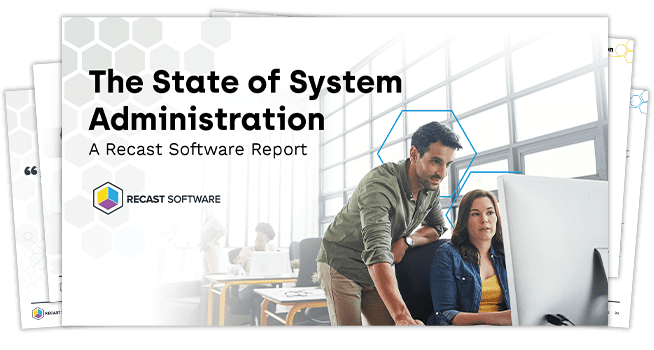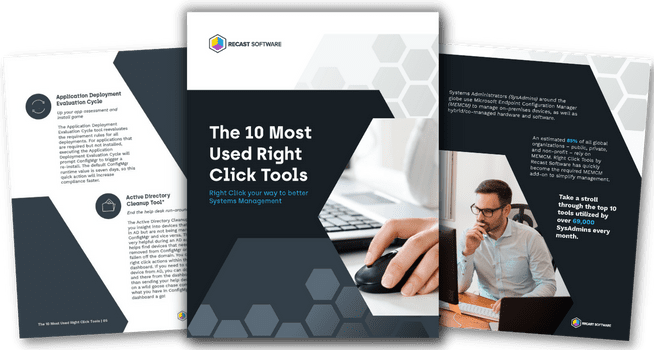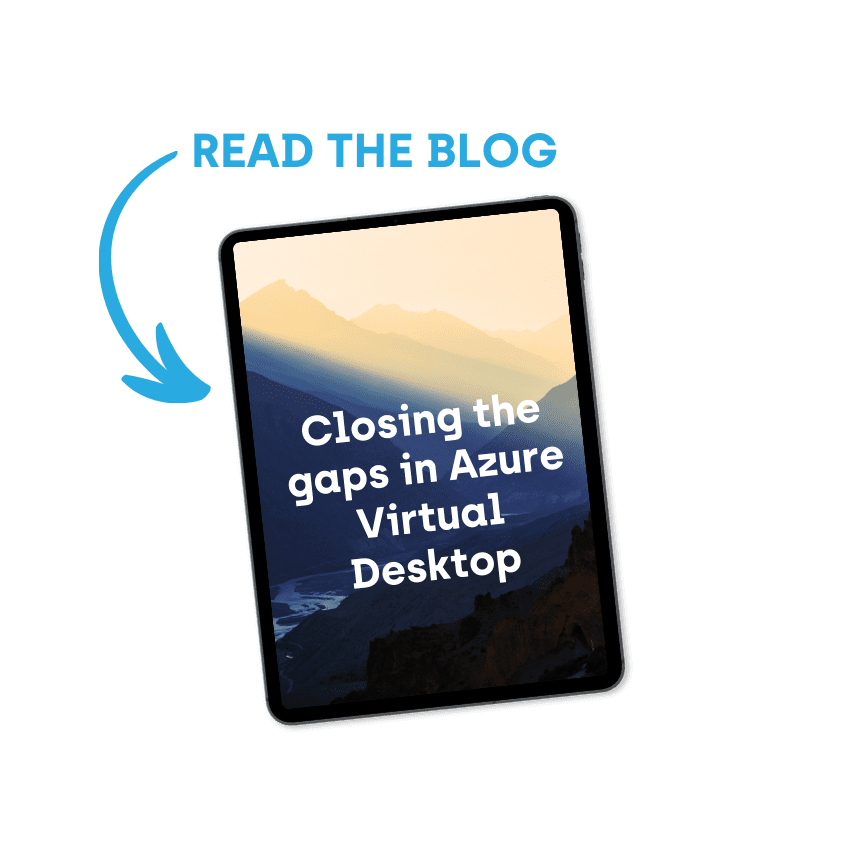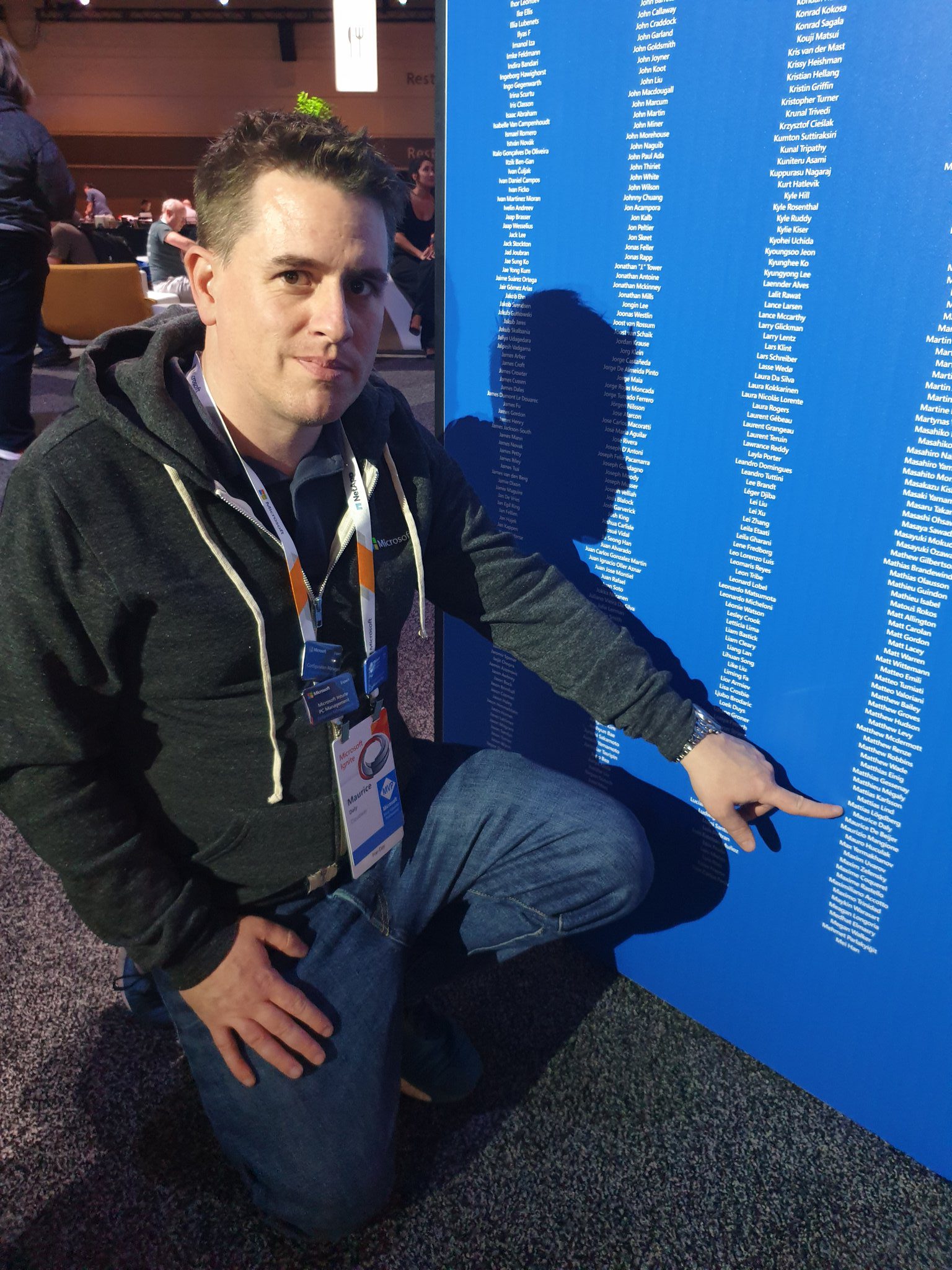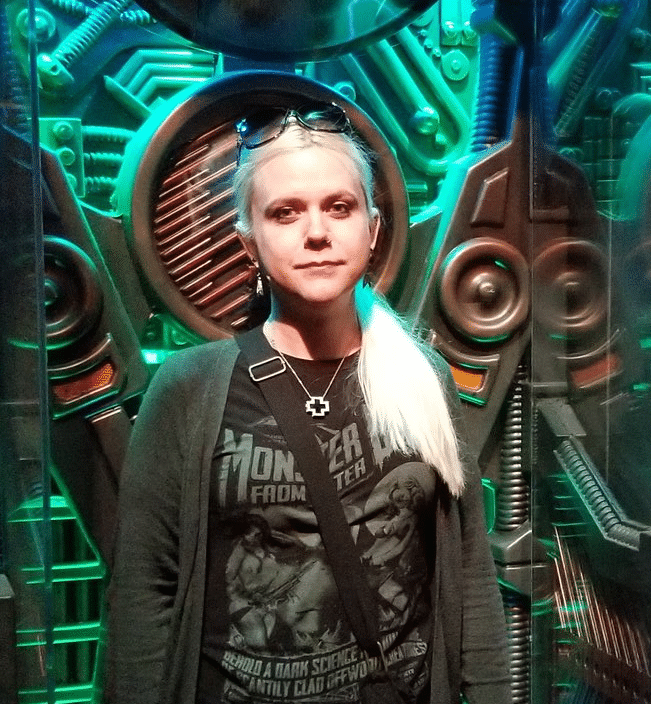Systems Management
Q & A with SysAdmin Superstars: David Marshall
Topics: Systems Management
Welcome to another edition of Q & A with SysAdmin Superstars featuring David Marshall of VMblog.com. David is a 17-time VMware vExpert (2009–2025), author of “VMware ESX Essentials in the Virtual Datacenter” (CRC Press) and “Advanced Server Virtualization: VMware and Microsoft Platforms in the Virtual Datacenter” (Auerbach Publishing), and the technical editor behind two popular For Dummies titles. He started VMblog to track and share the latest in virtualization, cloud computing, containers, hyperconvergence, and more—helping IT professionals stay ahead.
In this series, we interview experienced SysAdmins and IT leaders, sharing their real-world insights and practical advice on overcoming challenges and achieving results.

Paint a picture of your household growing up and your younger self. Could 10-year-old David imagine you doing your current job and the journey you’ve taken? Could your family?
Wow! My 10-year-old self would likely have loved my current job but hated what I studied in college and the work I did in my first decade after graduation. Yet even now, I can’t fully grasp the journey that brought me here. You see, my 10-year-old self was knee deep into computers and electronics. My mind at that time was about “how do these things work” and “how can I make them do something extraordinary.” My first computer really didn’t do much (TRS-80 Model III for those playing at home)—it was a business machine. So, I taught myself how to program, and I wrote programs to make it do something “fun” and entertaining. And I immersed myself in computers for the next 8 years.
By that time, I was ready for college—the only problem was, what type of job would I do with a computer? It wasn’t clear to me that something I had a passion for could translate into a career, especially since computers weren’t exactly mainstream in the way that they are today. So, I opted to take my education forward with accounting and finance; you know, something practical. Without diving too deep into that rabbit hole, computers caught up and became a big deal. I circled back to my original passion, left the world of finance behind, and helped start my first computer software company—ultimately taking me on a 25+ year journey to where I am today.
What sparked your passion for virtualization, and how did your early experiences with VMware and Connectix shape your career?
It was 1999, and we had just become one of a handful of companies in what was dubbed the ASP (Application Service Provider) market. As happens in the IT world, things evolve and resurface after going away, so what we created back then would be compared to SaaS (Software as a Service) today. At the time, we needed to figure out how to be more profitable. We were racking and stacking servers in our co-lo facility building out our Citrix Metaframe farm, but the servers were running at a mere 5-10% utilization each. We needed to get better use of a server. We needed to shrink our datacenter footprint. We needed to cut costs, or we weren’t going to last long.
Enter VMware and Connectix. Now, back then, VMware had two products—VMware Workstation and VMware GSX Server (a type 2 hypervisor, again, a whole other conversation), and its competition was from another small company (yes, VMware was small back then) called Connectix, which ultimately got acquired by Microsoft to become Microsoft Virtual Server (again, another story). Both products did an amazing job of solving the very first use case for virtualization—getting more out of your physical server resources, to allow for server consolidation. Bingo! Exactly what the doctor ordered. This shouldn’t have been possible. And yet, it was, and it even got better over time!
That’s where I started my virtualization journey, which ultimately sparked a 25+ year-long career in virtualization and cloud computing, allowing me to develop various technologies and launch several startups along the way. Again, that’s another story for another time.
VMblog has been a trusted resource for modern data center technologies over the years. What motivated you to launch the site, and how has its role evolved as the industry has grown?
Back in 2004, virtualization was still sort of a black box, an unknown. And there wasn’t much information being shared, which sounds crazy, considering all the different formats and platforms that we have today to do just that. At the time, I created an internal ‘newsletter’ at my company to try to educate co-workers on the technology and all those crazy little things we were figuring out. One day, a co-worker said, “Why don’t you create a blog and share this information with people outside the company? I bet others would find it interesting and useful.” What a great idea! VMblog was born.
The point of it remained the same—education. The goal was, and remains, to help spread the message and share information about all the wonderful technologies that we have at our disposal, and all the technologies that are on the horizon. And how these things can make our lives, and work lives, better. After a few years, VMblog morphed from a virtualization focus to covering cloud computing, and slowly matured alongside the technology, eventually expanding to cover all facets of a modern data center.
With your long history in virtualization, what are some common pitfalls you see organizations encounter when transitioning to modern data center technologies, and how can they avoid these challenges?
You know, after spending 25+ years in this field, I’ve seen the same story play out countless times—organizations get starry-eyed about the tech and forget it’s humans who have to implement and use it! The biggest face-palm moment for me is watching companies drop millions on cutting-edge infrastructure while their teams are still struggling with the basics. I’ve seen server rooms full of expensive equipment gathering dust because the cultural shift wasn’t addressed.
Another common pitfall is attempting to force legacy applications and processes into new paradigms without proper refactoring or rethinking. My honest advice? Start small and celebrate wins. Get your people excited about the journey, not just the destination. I always tell people who will listen to me: “Your fanciest hardware is only as good as the team that runs it.” Build cross-functional teams where business folks and techies actually talk to each other, and please, please invest in your people’s skills. Trust me, I’ve seen enough train wrecks to know that successful modernization is a team sport, not a shopping spree.
For professionals looking to break into virtualization or advance their expertise, what practical advice or resources would you recommend based on your journey?
Let me tell you, this field has come a long way since I started using what was considered by many to be a black box, voodoo magic, or some sort of sleight of hand technology. Back in 1999, a lot of people in the industry just couldn’t wrap their minds around it. There were no books, no industry experts, no blogs, and no online courses—I had to fumble my way through the first virtual machine setups.
But here’s the thing—the fundamentals never go out of style. Get comfortable with networking, storage, and compute basics before you chase the shiny certifications. Roll up your sleeves and get your hands dirty—build a home lab, break things, fix them, repeat! Some of my best learning back then came from late-night troubleshooting. What’s really served me well isn’t just knowing the tech but being able to explain it to non-technical folks without making their eyes glaze over. That skill is gold!
Connect with the community too—I’ve made lifelong friends, and many people have found job opportunities through VMware user forums and industry meetups. The virtualization community is and always has been welcoming – we all remember being the newbie. And hey, don’t be afraid to reach out to veterans in the industry—most of us love sharing what we’ve learned along the way. Find a set of blog sites to read and follow. Join online communities, whether that’s VMUG, Reddit, Discord, etc. And attend local meetups and physical trade show events where knowledge sharing happens organically.
Looking to the future, what innovations or challenges do you believe will have the biggest impact on data center technology, and how should IT leaders prepare?
I get genuinely excited thinking about where we’re headed! The AI revolution isn’t just hype—it’s fundamentally changing how we manage infrastructure. I’m watching systems now that can predict failures before they happen, which still feels like magic compared to the reactive firefighting we did back in the day.
But with this power comes responsibility—especially around sustainability. The data centers of tomorrow won’t just be measured on performance but on how efficiently they use resources. For IT leaders trying to navigate this changing landscape, my straightforward advice is: foster curiosity in your teams, break down those technical silos that we’ve all been comfortable in, and develop flexible governance that can roll with the punches.
I’m particularly fascinated by what’s happening at the edge and with quantum security—these areas aren’t just theoretical anymore, and the organizations that get ahead of these curves will have significant advantages. It’s an incredible time to be in this field!
The IT landscape now includes virtualization, cloud computing, containers, hyperconvergence, and more. Which of these trends do you find most transformative, and why?
I’ve had a front-row seat to some amazing technological shifts, but if you’re asking which one still makes me sit back and say ‘wow,’ it’s got to be containers. When I first saw what containers could do, it reminded me of that first time I virtualized a server and realized the possibilities. Containers have been a game-changer not just because of the technology itself, but because of how they’ve transformed workplace cultures.
I’ve walked into organizations where dev and ops teams barely spoke the same language, and months later, after adopting containers, they’re finishing each other’s sentences! It’s been incredible to watch Kubernetes grow from this complex tool that only Google-level engineers could understand to something that’s powering applications in companies of all sizes. What really gets me excited is seeing small teams accomplish things that used to require massive resources.
Just last month, I was chatting with a startup CTO who told me they’re running an infrastructure that would have cost millions and required dozens of engineers just five years ago. That democratization of capability is what technology should be all about, and it is why containers have my vote for most transformative tech of our era.
SysAdmin Superstars Series
Explore our other interviews with SysAdmin Superstars:
